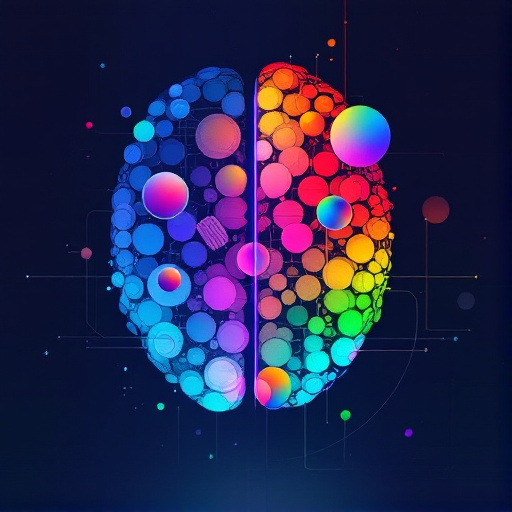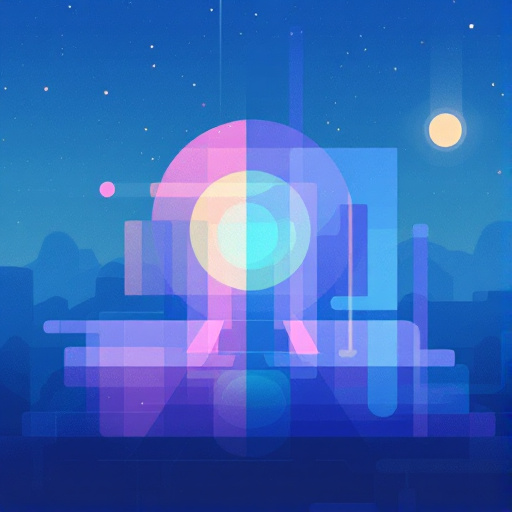Featured Articles
- From Doodles to Dashboards: The Rise of Handmade UI Elements in Professional Web Design
- Invisible Design: How Micro-Interactions Shape User Experience in Unexpected Ways
- The Art of Failure: Designing UI for User Rejection and Forgotten Experiences
- The Hidden Impact of Microinteractions: Small Details, Big User Experience on Website UI
- The Hidden Psychology: How Color Choices in UI Can Evoke Unexpected User Emotions
Unraveling the Mystery: How Unconventional Color Schemes are Redefining Website UI Aesthetics
Unraveling the Mystery: How Unconventional Color Schemes are Redefining Website UI Aesthetics
Unconventional color schemes are transforming the landscape of website user interface (UI) aesthetics, pushing the boundaries of traditional design paradigms. This article delves into the psychological impacts, contemporary trends, and case studies that illustrate how color can redefine the digital experience.
The Psychological Influence of Color
Did you know that up to 90% of consumer judgments about products can be based on color alone? Source Color evokes emotion and shapes perception, so it's no surprise that unconventional color schemes can command attention and elicit engagement. Brands like Airbnb and Spotify have exploited vibrant and unexpected color combinations to carve unique identities in an increasingly crowded marketplace.
From Monochrome to Electric Hues
Once upon a time, the norm was simplistic palettes with an emphasis on functionality—think greys, whites, and blues. But today, an electric shift has occurred. Younger audiences, particularly those aged 16 to 30, are drawn to sites flaunting daring combinations that tell a story. For instance, the award-winning website of the Dutch design agency, WeTransfer, often changes its background color to match culturally relevant themes—an audacious approach that has retained visitors' intrigue.
The Rise of Gradient Colors
Gradients have swooped in like a colorful superhero! No longer are they the tired relics of early web design. Today, they are embraced as dynamic, engaging elements in UI design, giving websites a sense of depth and richness. Take, for example, Instagram, which utilizes a vibrant gradient in its logo; this savvy use of color doesn't just look good—it works to create a sense of belonging and community among users.
Breaking the Norm: Case Studies
Consider Twitch, the streaming platform that has turned conventional interface color schemes on their heads. With its distinctive purple background contrasted by bright, striking hues in its various elements, Twitch has created a UI that caters to a younger, gaming-savvy audience. This unique application of color has directly correlated with increases in user engagement and brand loyalty.
In another compelling example, the luxury fashion brand Balenciaga introduced an eye-popping neon color scheme for its digital store. By starkly contrasting the grayscales typical of high fashion, Balenciaga attracted a new audience segment eager to embrace bold luxury. According to a study by Forbes, brands that break conventions can win market share by resonating more deeply with today’s consumer psyche.
The Role of Cultural Context
In the realm of design, understanding your audience is paramount. Different cultures interpret colors in various ways; for example, while white symbolizes purity in many Western cultures, it signifies mourning in some Asian countries. As design becomes increasingly globalized, web designers are faced with the challenge of selecting colors that resonate in diverse settings without alienating any audience segment.
Color in User Experience (UX)
Research substantiates that unconventional colors not only divert attention but can also improve memory recall. Interaction Design Foundation found that users remember colored items three times better than those in black-and-white. Effective use of color can aid navigation within sites as users subconsciously associate specific colors with functions—think “red for urgency” or “green for go.”
Trends to Watch
So, what's brewing in the world of unconventional color palettes? One major trend is the return of muted tones, which add an element of sophistication while still breaking away from tradition. Brands like Calm have leveraged earthy tones with splashes of unexpected colors, inviting users into a serene digital space that still feels fresh and unique.
Conversely, the trend towards psychedelic colors is surging, with brands like Chipotle experimenting with vibrant, practically neon backgrounds to reflect their lively menu and product offerings. This push for intense color emphasizes energy and engagement—and it works! Proof? Chipotle reported greater customer interaction after revamping their site with a more daring color scheme.
Humor in Color Usage
Let’s not forget that humor also plays a role in color choices! Take Reddit, a platform famous for its eclectic mix of categories known as subreddits. Many subreddit pages choose unconventional colors and sometimes, downright silly palettes, to reflect the nature of their community's humor. The result? A playful UI that invites users to explore and chuckle along the way.
Conclusion: Embrace the Color Revolution
As the digital landscape continues to evolve, the brave new world of unconventional color schemes is opening doors to unprecedented creativity and user engagement. It’s about time we embrace these vivid paths; the future of UI aesthetics lies not in the ordinary but in the exhilarating spectrum of color possibilities. After all, who wants a world draped in dull grays when we can paint it in electrifying shades that ignite joy and curiosity? So go ahead, don your designer cap, and unleash a kaleidoscope of colors into your web projects! It's not just UI aesthetics; it's the art of connectivity.




